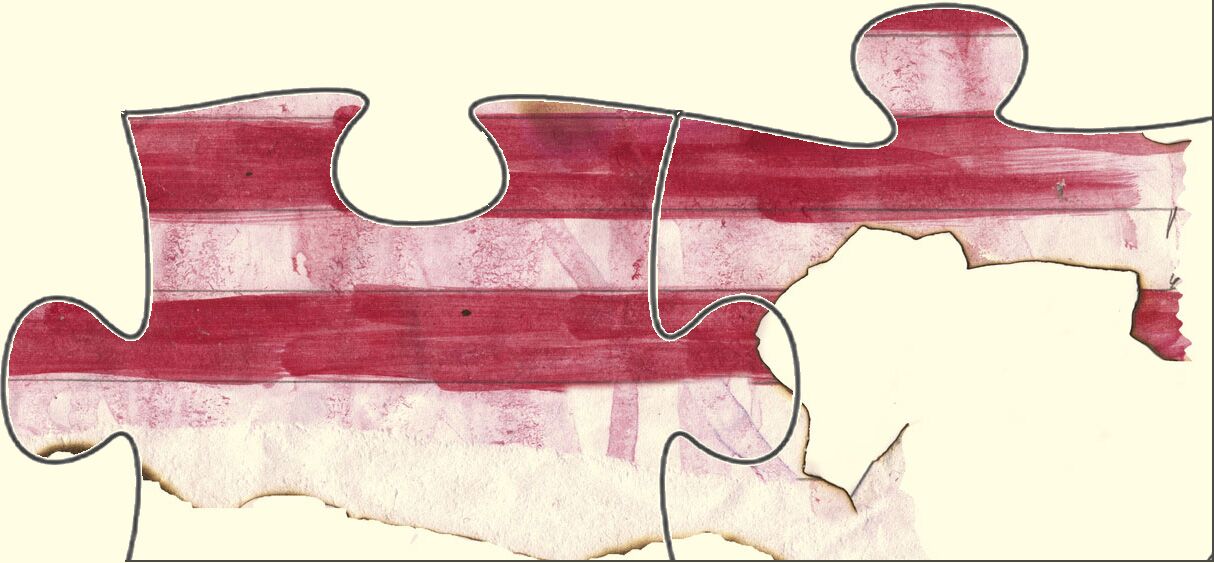
Exploiting the Electoral College
In their efforts to create a more perfect union, the authors of the Constitution repeatedly struck a balance among competing demands. The result produced one of the biggest modern day frustrations with the American electoral system: Presidents are elected by the Electoral College rather than by the popular vote. The system awards electoral votes to states based on the number in their congressional delegation, which gives the voters in the sparsely populated rural states (a large majority of them reliably Republican) more sway over the presidency than voters in the bigger and more politically competitive states. One simple way to understand how this plays out: An elector in Wyoming, the least populous state, represents around 150,000 voters, but an elector in California, the most populous state, represents the votes of some 500,000 people.
As with any system, this one has weaknesses that can be exploited beyond the point of mere frustration. Two of the last four presidents – George W. Bush and Donald Trump – were elected with fewer popular votes nationwide than their opponents. Put another way, the Democratic nominee has won the popular vote in seven of the last eight elections – the exception was Bush in his 2004 re-election – a fact that provides an obvious motive for Republicans to focus on Electoral College votes while also wanting to change the rules about who votes and who controls the vote counting.
After Mitt Romney’s loss in the 2012 presidential election, the Republican Party prepared a detailed report on its shortcomings and made several recommendations for how to move forward. Among them:
- Be more inclusive and reach out to “Hispanic, black, Asian, and gay Americans and demonstrate we care about them, too”;
- “Speak out when CEOs receive tens of millions of dollars in retirement packages but middle-class workers have not had a meaningful raise in years”;
- “Embrace and champion comprehensive immigration reform” in order to demonstrate to Hispanic voters that Republicans do want them in the United States.
Those proposals gained little traction. Instead, Republicans championed a tax cut for the wealthy, called for construction of a wall on the Mexican border to stop immigration, and doubled down on efforts to suppress voter turnout – which accelerated after the Shelby decision in 2013 and has surged to a whole new level since the 2020 Trump campaign.
Extrapolating from Trump’s stated view that Republicans cannot win a national election if voting by mail is easy, it’s safe to assume that other leading Republicans understand theirs is the minority party and so they must be strategic in their approach to redistricting and the Electoral College – and, apparently, anti-democratic in their approach to voting rights and election integrity – in order to win. With polls as well as election results showing that, nationally, more people favor the Democrats, it stands to reason that the more people who vote, the harder it will be for Republicans to win.
A strategy that inhibits voting, especially among those likely to vote Democratic, improves the odds that a Republican will win the necessary 270-vote majority in the Electoral College, if not the popular vote. In fact, given the current apportionment of electoral votes, a candidate can win the presidency by carrying as few as 12 states. This is a simple illustration of how the Electoral College offers a short path to the White House to a candidate who is not popular across a majority of the population.


